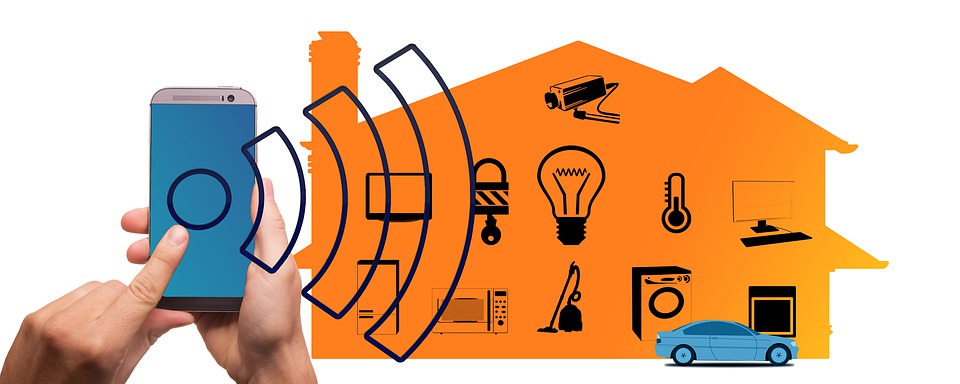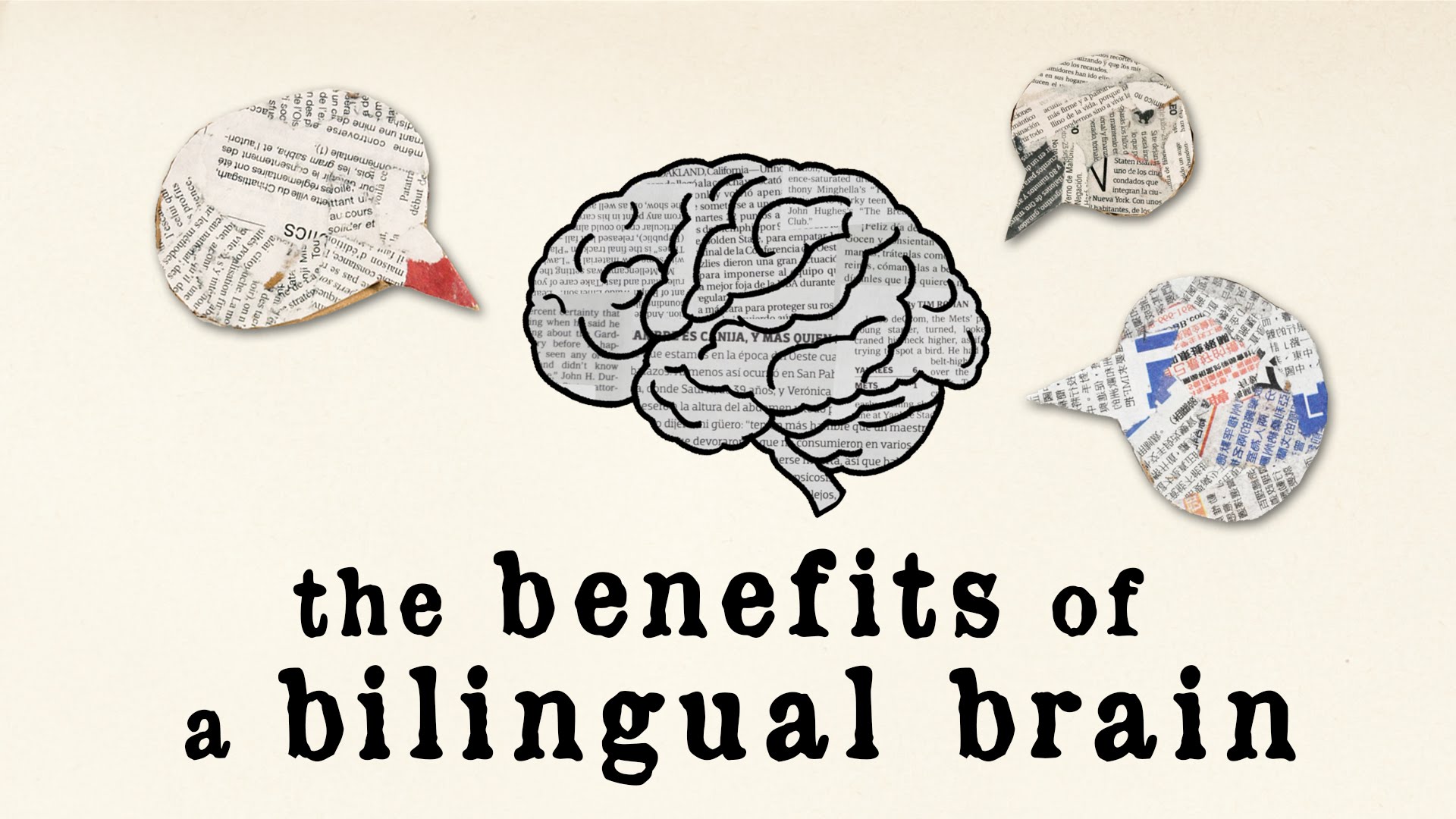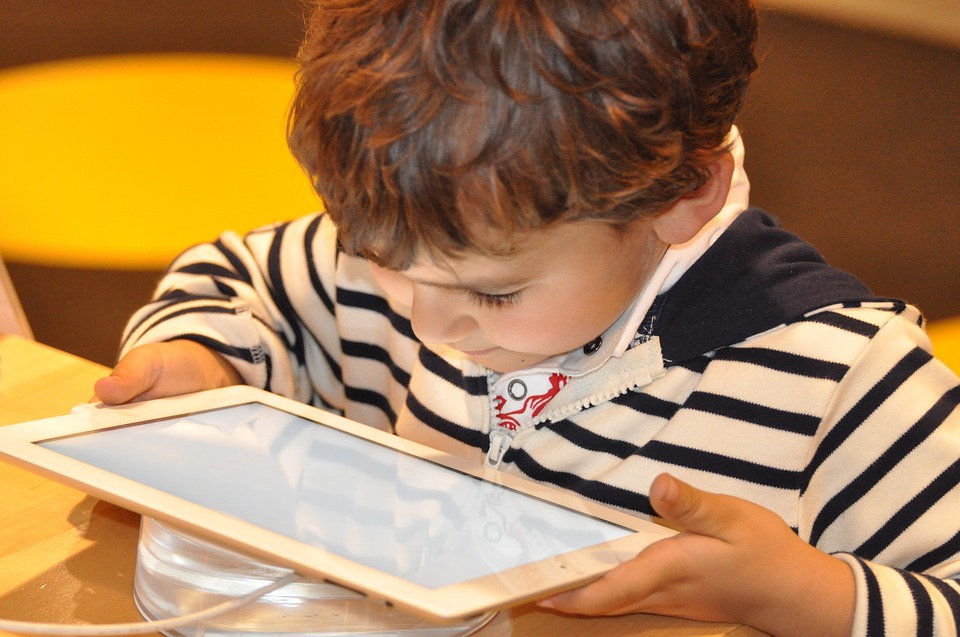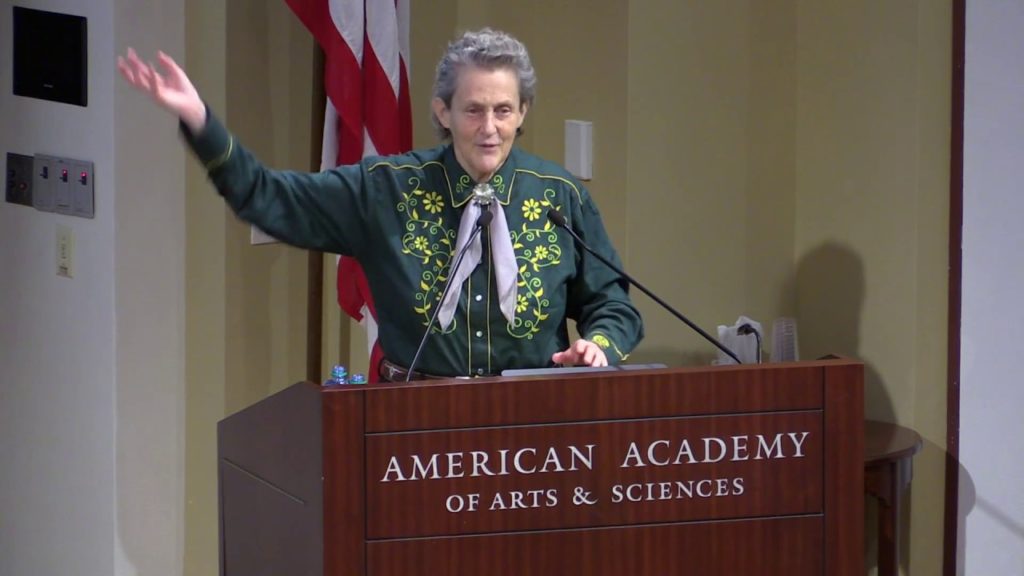Could technology help people with Autism Spectrum Disorder (ASD)? Cristina Costescu informs us in her passionate talk that it is not enough to have just a mobile application. People with ASD need a complete system for their therapy in order to improve. What are the necessary components of such a system?
Cristina Costescu is a PhD researcher at the University Babes-Bolyai in Romania. She is interested in developing suitable technological tools for individuals with Autism Spectrum Disorder (ASD). She worked as a psychologist in a Non-Governmental Association that provides services for children with ASD. Her main activity was in the field of developing robot assisted techniques that can help people with autism. She is now co-founder of ASSISTIVE TECH – a company that develops mobile and tablet applications for individuals with ASD.




